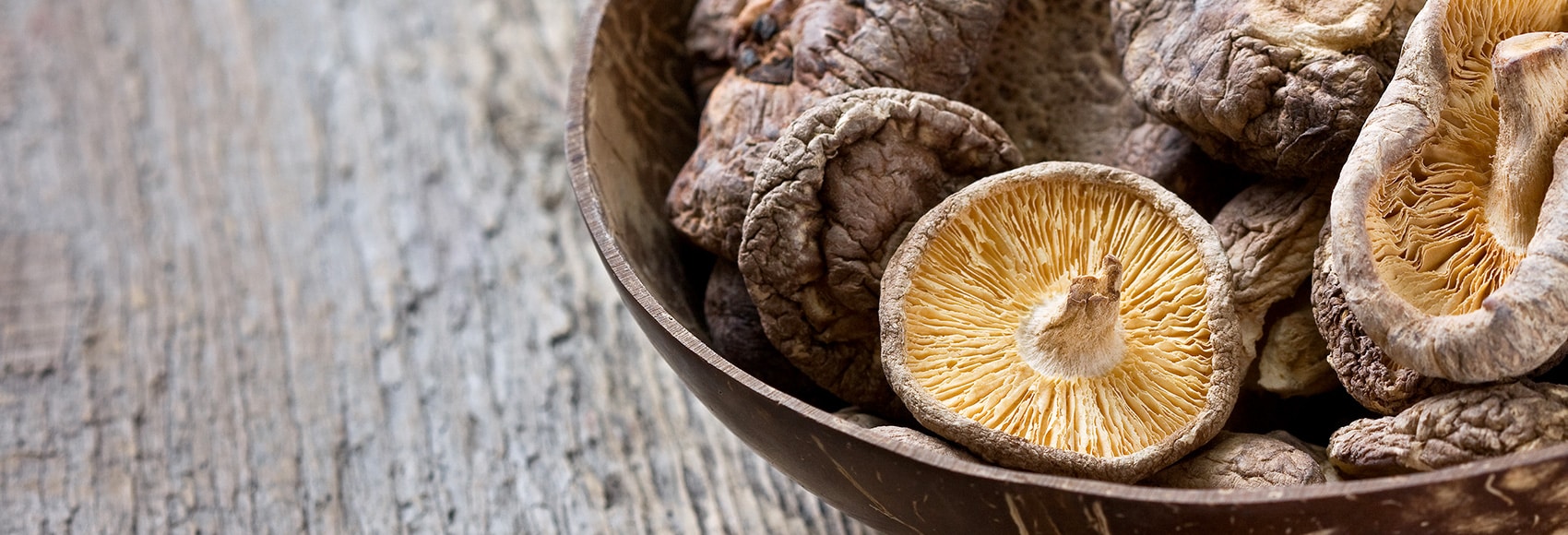Probably thanks to its spontaneous growth methods and curious and peculiar shape, the mushroom has always been one of the organisms that has most struck the popular imagination. From ancient mythology to popular proverbs, from Asian rock art to modern video games, mushrooms continue to stimulate the imagination of men and, naturally and last but not least, that of chefs who willingly use mushrooms as a central element or as a precious enrichment of their bring.
The recipes featuring this small and tasty food are in fact numerous and very different from each other; the mushroom is in fact usually used both in appetizers and in first and second courses.
The goodness of this food is in fact indisputable, so much so that it often manages to push even the most sedentary citizens into adventurous searches around the woods. Real expeditions into the less traveled ravines, the 'secret places' of mushrooms, the exact location of which the hunters pass down from generation to generation; expeditions that end, on good days, in front of wonderful polenta plates.
Mushrooms have very different properties from each other, so much so that they are certainly among the most studied organisms on a scientific level. Properties, as is known, not all beneficial. Edible mushrooms are in fact only a small part. The ability to discern between mushrooms that can be cooked and those that must inevitably be discarded is the first quality of the true hunter.
To approach this varied world, we have chosen a type of mushroom that is not very famous in Italy but very widespread in the world and undoubtedly capable of satisfying the needs of the most refined palates, the shiitake.
Shiitake: etymology, shape and geographical diffusion
Shiitake, scientific name Lentinula edodes, means “oak mushroom” in Japanese (from shii which is the common name of the Castanopsis cuspidata, tree similar to oak And take, i.e. mushroom). It is a basidiomycete mushroom native to Asia commonly used both in Japan and China.
As can be guessed from the meaning of the name, this mushroom grows on the trunk of broad-leaved trees and oaks in particular. The hat, circular or kidney-shaped, can even reach 12 centimeters in diameter, is convex in shape and has a generally not very marked umbo. Together with the cap, it is the stem, often eccentric in shape, stocky and resistant, that characterizes this type of mushroom. The stem is streaked and whitish tending to ocher, while the cap is in various shades of brown with lighter streaks and spots.
Shiitake grows in spring and autumn.
From the East to Italy
As mentioned, this mushroom is widely used in Japan and China, but its use has spread in recent years also in our country. Talking about this particular food is therefore also an opportunity to understand how a typical ingredient of a certain gastronomic tradition manages to spread outside its country of origin.
Part of the merit certainly comes from the general diffusion of the cuisine in which the food is used. Some culinary traditions, like ours, manage to spread to every part of the world precisely by virtue of their qualities. Which has naturally happened, particularly in recent years, to both Japanese and Chinese cuisine in Italy. But this mushroom also has intrinsic nutritional characteristics that have favored, and are favoring, its use in various parts of the world.
Shiitake has been used for centuries in Chinese folk medicine and has therefore stimulated numerous scientific studies, including Western ones, which have confirmed various beneficial properties. We delve into these studies only superficially to recall the many nutritional properties derived from the presence in this mushroom of essential amino acids, ergosterol, some B vitamins, potassium, zinc and iron. Furthermore, from shiitake in 1969 Professor Tetsuro Ikekawa isolated a beta-glucan, later called lentinano.










